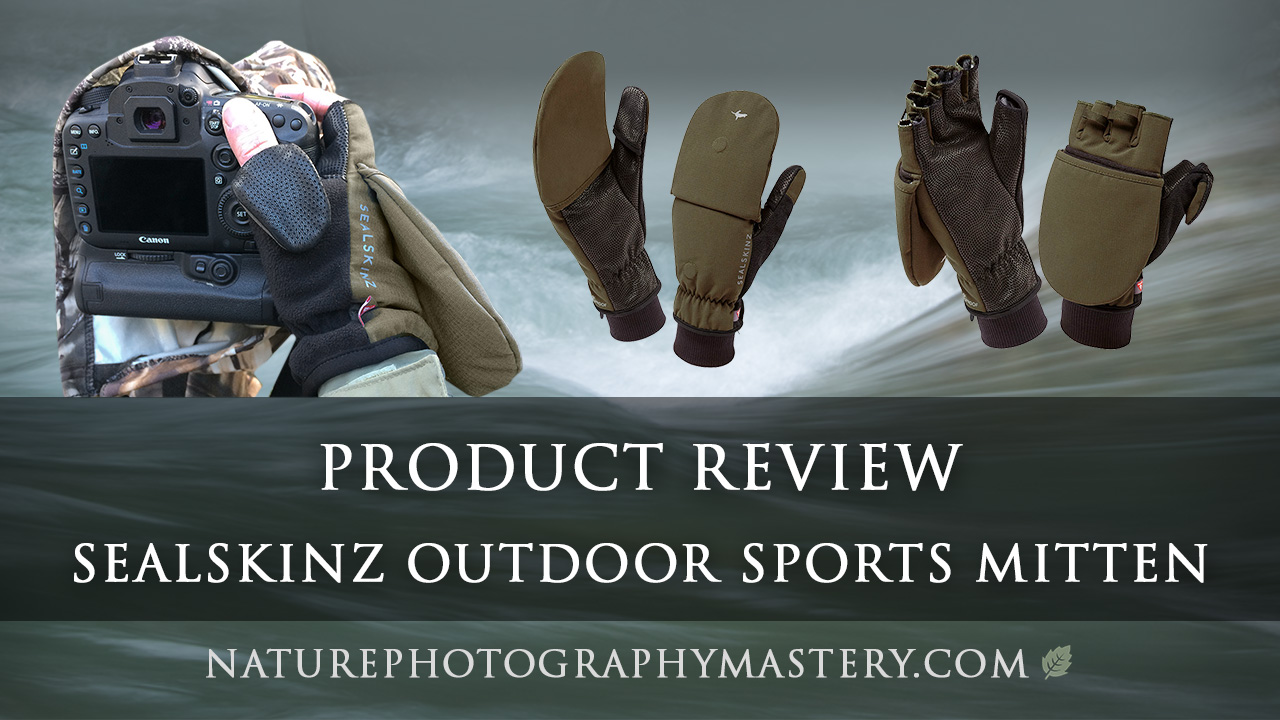Question:
Am I severely handicapping myself, resolution wise, by using a Canon 70-200 f2.8 II with a Canon 2x converter on my Canon 7d mark2?
– Stephen S.
I usually only speak from experience or research, instead of speculation. At the time of writing this answer (December 2016), I don’t own the Canon EF 70-200mm f/2.8L IS II USM Lens, nor the Canon EF 2x extender, so I had to do a bit of research.
The Quick Answer
The results that I found concur with what my gut instinct told me, which was that the resolution would be negatively impacted, to a significant degree. I will get to more detail on this later in my answer.
Image Quality Standards
First, I’m speaking from the perspective of wanting to achieve the utmost image quality and sharpness, because it’s required for many nature subjects, such as birds.
Second, I’m talking about looking at the image at 100% zoom, so I can see the intricate details of the subject. Only then can I really evaluate the sharpness.
Considerations For This Gear Combination
Some factors to consider in the case of the Canon EF 70-200mm f/2.8L IS II plus Canon EF 2x extender are:
Are you sharing on the internet only, or are you going to make large prints?
Are you cropping heavily?
What subjects are you shooting?
Despite your question being about resolution, you shouldn’t ignore the possible negative effects of the 2x extender on the AF speed of the lens, assuming you are shooting animate subjects.
The Research Findings
I did a bit of research online to find a trustworthy source of information, to answer your question. Conveniently, I happened upon an article which documents the performance with this exact lens and teleconverter combination. It’s written by Bryan, over at The Digital Picture. I find his equipment reviews and evaluations to be very useful. His image quality comparison tool is also an excellent resource.
I always try to stay alert to any possible bias that could sneak in when someone is affiliated with the gear they are reviewing (Bryan does affiliate marketing); that said, I have no reason to believe that his reviews are anything but truthful and accurate.
Bryan says that the 2x extender degrades the image quality and AF performance:
Keep in mind that my standards for image sharpness are likely higher than Bryan’s, simply because I photograph close up portraits of birds and other subjects with extremely fine details, and I like them razor sharp.
You can see the degraded image quality of the zoom and extender combination, using Bryan’s image quality comparison tool (Note that the extender is version III. Version I or II may result in even worse image quality)
Image quality comparison of the EF 70-200mm f/2.8L IS II + EF 2x III extender, vs the EF 100-400 f/4.5-5.6L IS II from the-digital-picture.com
Some Additional Advice
If you’re often going to be shooting with the extender and you are concerned about the image quality, you would be much better off with a EF 100-400 f/4.5-5.6L IS II or EF 400 f/5.6L prime, or if you can afford it, one of the longer super telephotos like the EF 500 f/4L IS II. Obviously there will weight, size, and cost considerations as you go up to the bigger lenses.
Sometimes it can be helpful to do some controlled tests and experiments with your gear. That’s the best way to really find out how it performs in various configurations, settings, and in comparison with other gear. Also, using your exact copy of each piece of gear will give you real world results, because sometimes individual copies of lenses or cameras can be slightly better or worse. Remember to consider Autofocus Microadjustments (more info below)
You can also rent equipment which you’d like to compare with your current gear, to see what differences there are. For example, if you don’t have an EF 100-400 f/4.5-5.6L, perhaps you could rent it, and compare the results to your EF 70-200mm f/2.8L IS II + EF 2x extender setup.
Autofocus Microadjustment
When evaluating the sharpness of a lens, or lens and extender combination, remember to consider Autofocus Microadjustment (AFMA). Some cameras have this feature, which lets you fine-tune the Autofocus’ point of focus for each specific lens, then register the adjustment in the camera’s memory so that is used whenever that lens is attached. It’s not always necessary for every lens, but in those occasional cases that it is needed, it can make a big difference in critical image sharpness. That said, it is beyond the scope of this article to go into great detail about AFMA.
Conclusion
If you’re committed to the highest image quality, especially for wildlife subjects, it is usually advisable to go with a longer lens, as opposed to a mid-range lens and extender combination. In addition to image quality improvement, there will probably be better AF performance.



